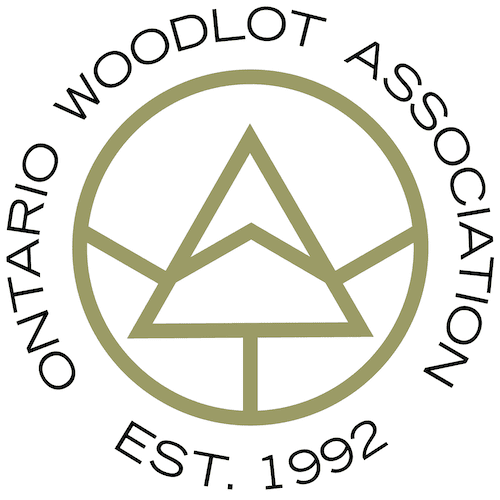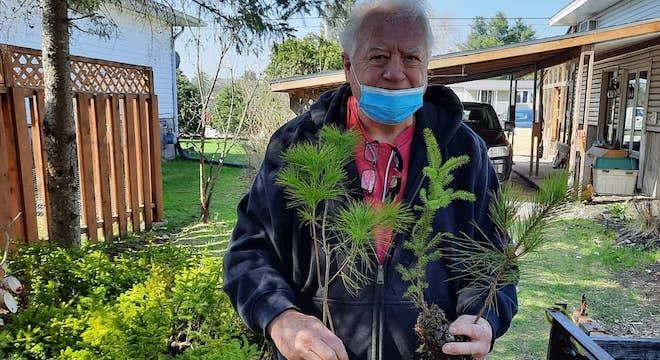- About
- Member Resources
- Woodland 101
- SEEDS & TREES - SELECTING SEEDLINGS
Seeds & Trees |
Selecting SeedlingsYour investment in planting costs, land acquisition and the lost growth potential are significant. Don't risk this investment by trying to save a few cents through the purchase of poor-quality seedlings. Selecting a suitable seed source ensures your plantings will have the long-term potential to survive and thrive. (See Why Seed Source Matters) But, to ensure your trees survive the stress of the establishment years, you should select a suitable stock type and one of high quality. High-quality seedlings consistently outperform seedlings of lower quality in both survival rate and growth. It makes sense to invest in quality seedlings for your planting project – it is simply a good investment! Stock TypesSeveral different stock types are available. Again, the characteristics of the planting site will dictate the type of stock that you should select. Site characteristics that should be considered include the amount of competition from other vegetation (e.g., grasses, shrubs, etc.), soil type, season of planting and sometimes the risk of browsing by wildlife. For example, where competition is expected to be a problem, larger stock will generally outperform smaller stock. When extreme site conditions are encountered (e.g., shallow soils or rocky sites), container stock is easier to plant because of its smaller root plug and can be easier to establish. Bare Root StockThis is the most common seedling type available to landowners. Bare root seedlings are grown outdoors in nursery beds and shipped without soil on their roots. Once removed from the beds, they must be kept cool and moist to keep the roots alive. Typically bare root seedlings are two to three years old and their height can range from 15 cm to 60 cm, depending on the species and age. Some nurseries also have transplant seedlings available. Bare root seedling stock is lifted from high-density seedbeds and then replanted in new beds at a lower density. This results in a seedling that will generally have a more fibrous root, larger stem diameter and a better shoot-to-root ratio. Transplant stock is generally a little more expensive to produce and may cost a little more to purchase, but this stock type is more robust and may be more suited to some planting sites. The age of bare root seedlings is specified by a two-digit number. The first number gives the number of years grown in the seedbed and the second digit represents the number of years grown in a transplant bed. Adding these two numbers together will give you the age of the seedling. For example, 2-0 would indicate a two-year old seedling and 2-1 would indicate a three-year-old transplanted seedling. Advantages and Disadvantages of Bare Root stock
Container StockOnce used mostly by the forest industry, container stock is now available at some nurseries. There are many different types. Typically container stock is grown for eight to nine months in a controlled environment (greenhouse) and is overwintered outside before being shipped to the planting site the following spring. The seedling roots form a plug with a soil-less growing medium. Depending on the species and container size, they can typically range from 7cm to 15 cm in height and the root plug measures 3.5 cm in diameter by 10 cm in length. Advantages and Disadvantages of Container Stock
Characteristics of Quality Seedlings
Remember - do not select seedlings based solely on one characteristic. It is important to look for seedlings that have a balance of all these attributes. |

